Publications IPH Magazine Special: 60th Anniversary Future Trends in Teaching and Research Hospital Design
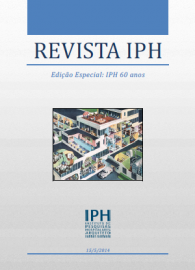
- EDITORIAL
- Future Trends in Teaching and Research Hospital Design
- Jarbas Karman and the Hospital Architecture
- Surgical Centers: An Approach
- Acoustic Comfort In Healthcare Environments: Music, Landscape And Cladding Material As Humanizing Solutions
- Hospital Engineering and Maintenance: Committing To Maintaining Lives
- Communication and Leadership in Health Institutions
- The Relationship Between Professionals And Patients In The Health Sector - Tendencies And Perspectives
Future Trends in Teaching and Research Hospital Design
Romano del Nord
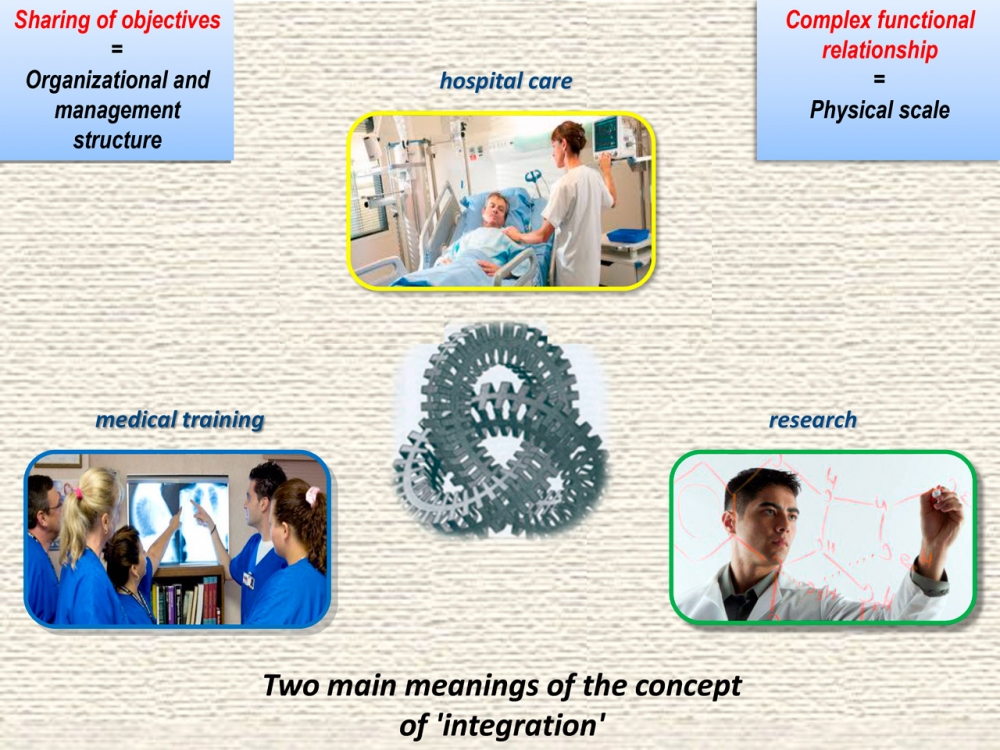
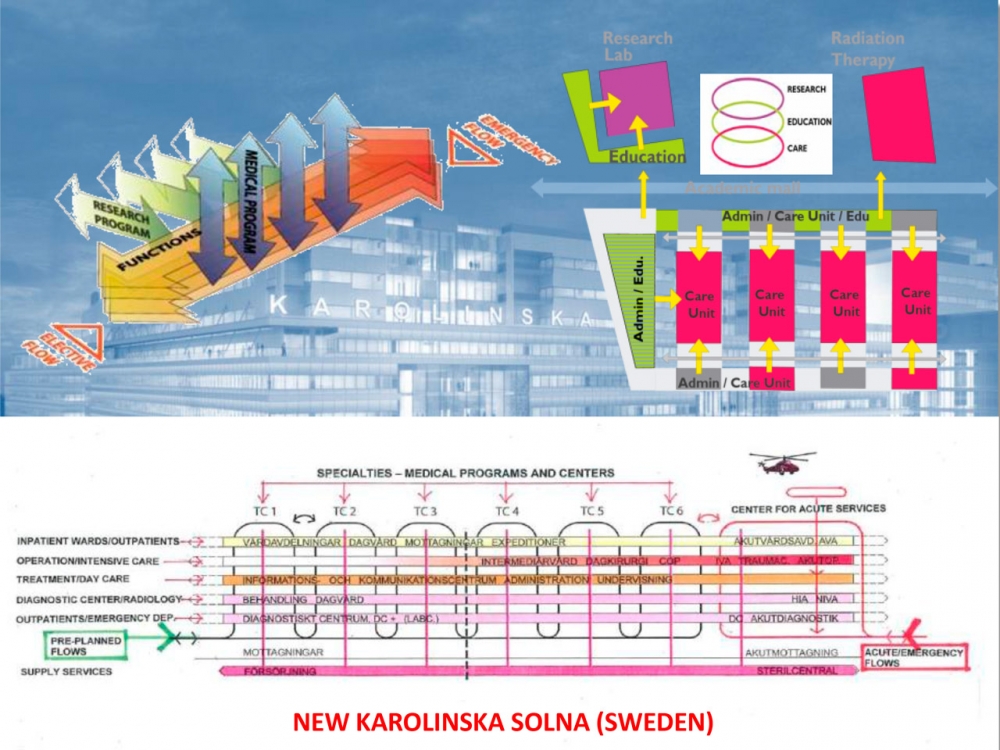
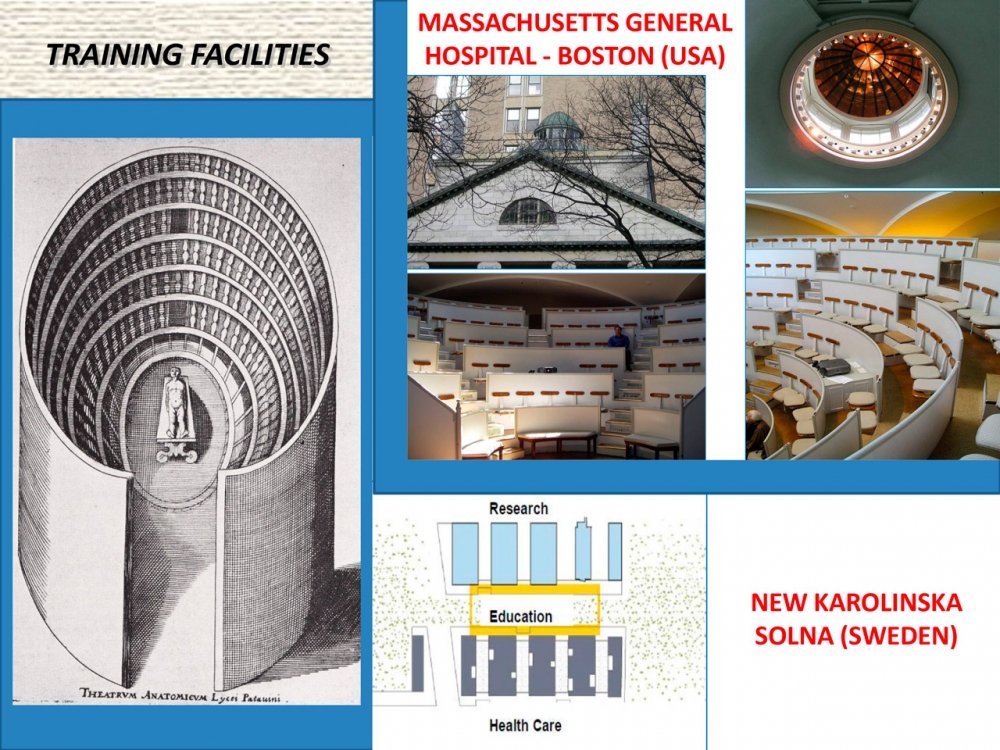
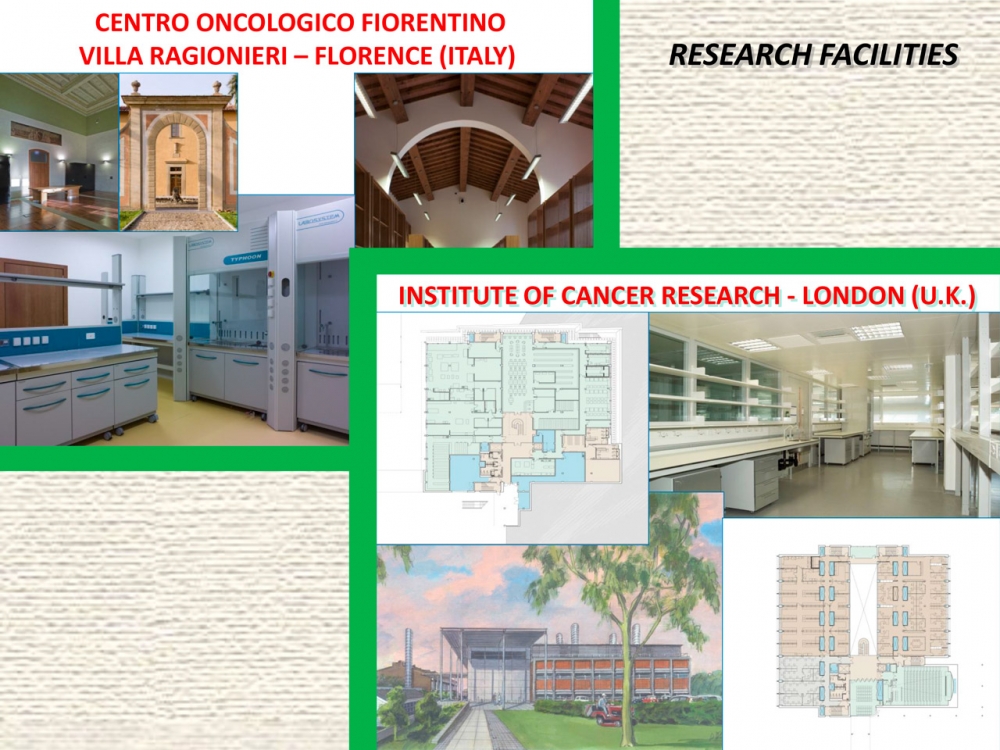
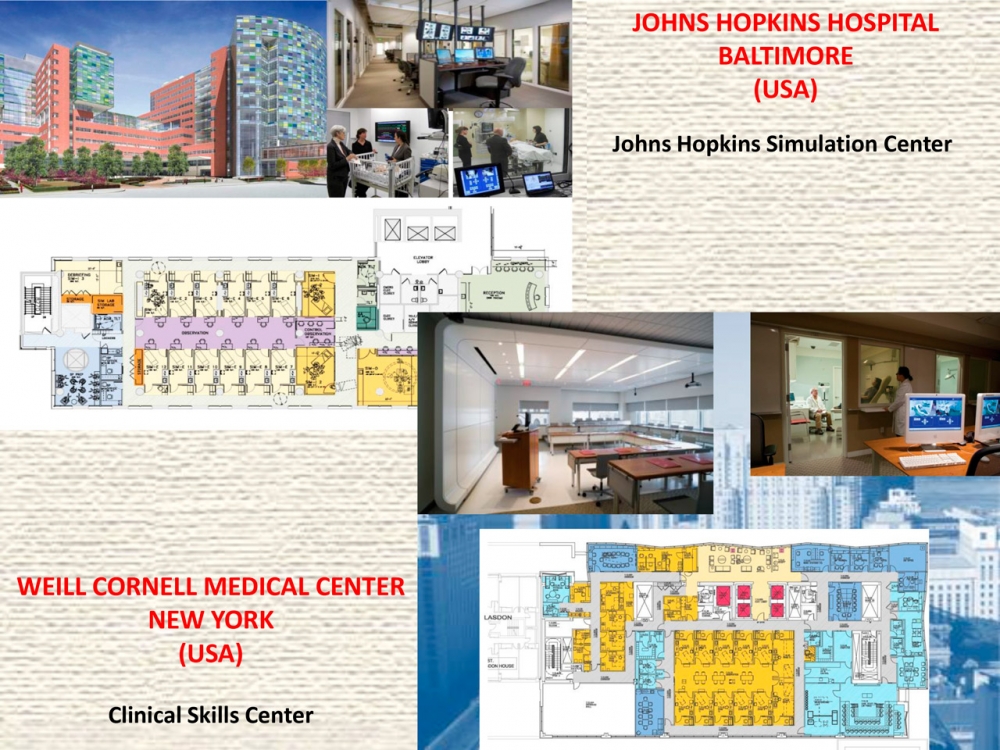
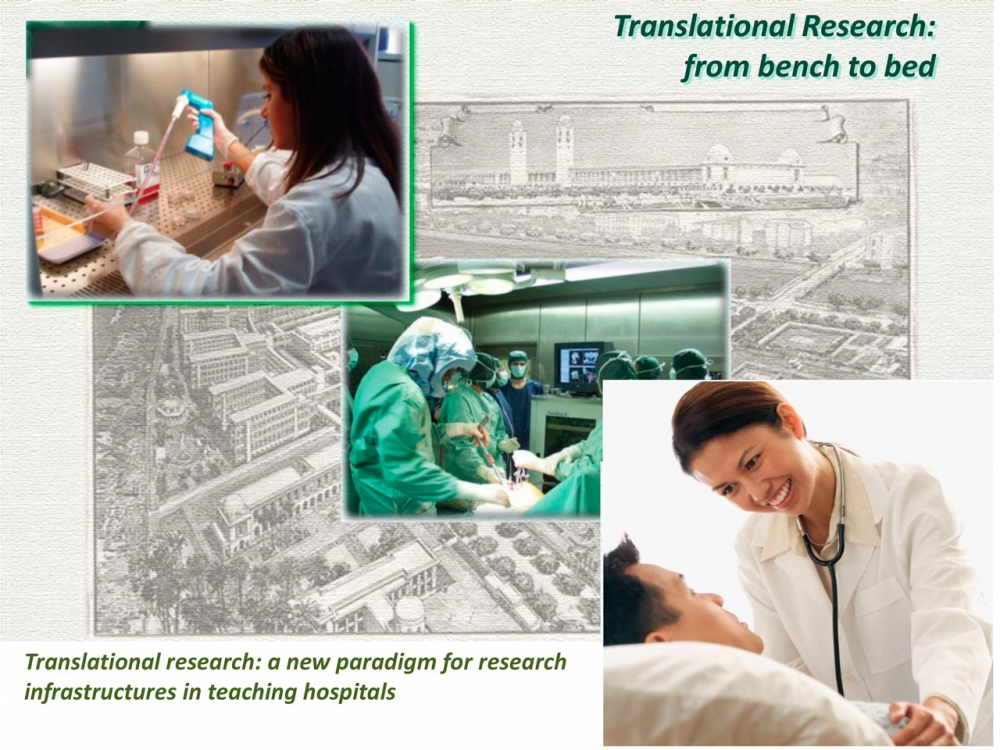

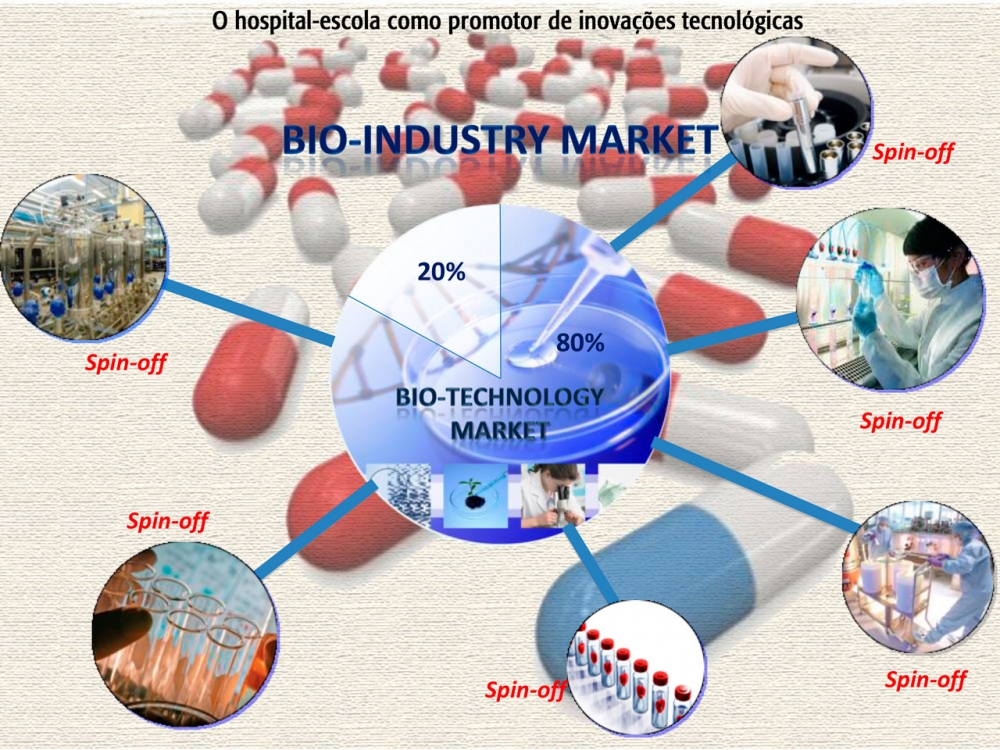
The ability to anticipate, with technological forecasting, the effects of innovation on the design of complex facilities such as hospitals, has always been the most ambitious challenge of research driven designers.
Being able to relate innovative design solutions with future scenarios is in itself a sign of innovation and represents a talent, which in my opinion, has marked the design process of Jarbas Karman's lifetime achievements. This text is dedicated to him, to his passion and spirit of intellectual 'curiosity' that has always guided his design challenges.
The research, briefly described in this paper, addresses the issue of the significant changes that will affect, in the near future, the design of the so-called hospitals of excellence.
***
At present the modus operandi, both at design and managerial level, is unable to integrate and harmonize the two cores of the training and research hospital - clinical and university - thus it is limited to proposing highly compartmentalized facilities from a structural and managerial point of view which certainly limit the achievement of the expected results of excellence.

Specifically as regards hospital architecture, there is a widespread lack of design tools able to interpret and control the various implications of biomedical innovation in its different guises of advanced research, specialist training, diagnostics, treatment and care with regard to the structural system of the hospital.
With the current state of knowledge there is no doubt that the level of interdependence and the possible synergistic effect between research in the biomedical field, the introduction of new technologies, continuing education and their impact on care practices has a tendency to increase.

There is a great deal of agreement among authors analysing possible scenarios for the future of healthcare (e.g. Francis et al., Institute for the future etc.) on the strategic importance of scientific research that results in advances in knowledge in the biomedical field, and at the same time of refresher training courses and the continuing education of professional medical and paramedical human resources working in an ever-changing work environment where clinical and technological advancements are ongoing and sometimes radical.
The hospital, therefore, according to a commonly accepted notion that envisages the new strategic dimensions of the hospital of the future, is not only a place of treatment and care but also a place for the creation and transmission of medical and scientific knowledge.

| Teaching methods in medical training and the healthcare professions |
| In reference to the training objectives of each academic area, it is possible to identify different methods that respectively focus on teaching and/or learning as a central element through which they can be defined. As regards healthcare personnel - physicians and nurses in undergraduate and postgraduate training or continuing education - there are three main macro-sectors around which teaching activity should be centred: theoretical knowledge, practical skills, clinical skills. Practical and clinical skills both belong to the practical learning area. Nevertheless, the former are linked to training while the latter concern learning through experience and actually require attendance in hospital departments where it is possible to apply the practical knowledge already acquired. The training of physicians should focus in particular on the acquisition of practical skills through: involvement in planning basic research; studying and learning the basics of semiotics and clinical sciences in the wards and laboratories; visiting wards and university outpatient clinics as well as regional ones; participation in research programmes during the internship period for thesis preparation. From these assumptions we can infer the teaching methods of practical skills and see how they relate to both clinical care practice and research. The analyses of clinical case studies, which may have different educational objectives, are of great importance in teaching. In fact, in addition to providing inspiration and focus of various kinds, they may be based on discussions by working groups guided by a tutor that may act as a starting point to analyse the problems (problem-based learning) highlighting the need to acquire further information obtained from a comparison with teachers, mini lectures, theses, working groups and individual study; or directly based on an approach aimed at resolving clinical problems (problem solving learning) that certainly requires the student to have acquired great expertise. Many teaching methods are implemented for the transfer of theoretical knowledge and they are characterized by greater attention to interactivity, tutorials, small groups and based on real problems, which support and integrate the traditional form of a lecture. In this sense, the teaching methods, according to the teaching approaches of prestigious Italian universities of medicine can be summarized as: plenary lectures, tutorials and work in small groups, participation in meetings, journal clubs, discussions of clinical cases and participation in conferences and seminars. Traditional lessons that favour theoretical knowledge are increasingly integrated with teaching approaches that can be defined as more active and based on the study of real cases. The development and consolidation of theoretical knowledge is also practiced through individual or group self-learning and self-study courses. Frequently used methods include: classical individual study and reading activities; consulting manuals, books or magazines; activities more linked to new technologies such as e-learning sessions and consulting the Internet. Whereas in clinical and relational contexts, as regards the teaching of practical skills, teaching shifts in two main directions: the use of simulation systems; practice carried out in real contexts and cases. 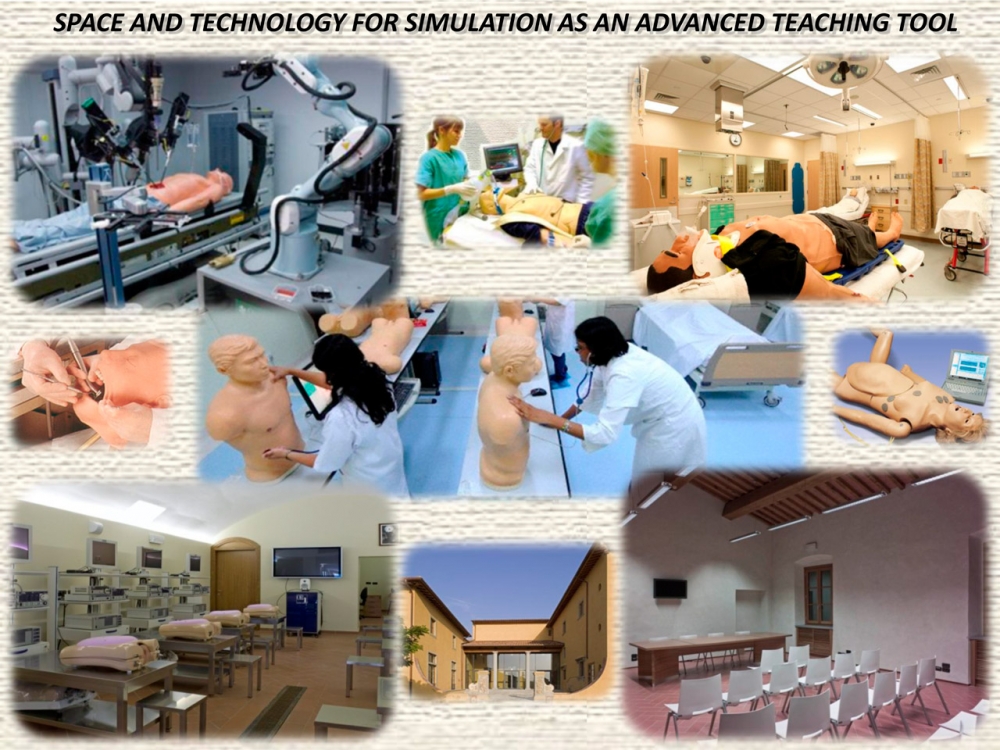 Simulations, which require special equipment, facilities, laboratories and suitable spaces, should usually act as preparation for a real case and are becoming increasingly important for clinical training. Simulations are an important resource for training, a sort of added value that makes it possible to promote "learning by doing and by discovering". Moreover, they are considered tools for learning and the assessment of complex professional clinical skills.  |
One thing that can certainly be assumed from
international debate is the increasing importance given to the conduct of
research within university hospitals, due to the proven relationship between
research and the clinical outcomes of the hospital, and between the efficiency
of research conducted in the university hospital context (with the joint
presence of clinical and university skills) and obtaining research results and
innovation in the biomedical sector at international level.

The proper design of spaces for biomedical
research in the context of the campus/building of the university hospital is
thus an essential factor for excellence.

Due to the growing importance given, at national and international level, to the development of translational research (from bench to bed), recognized as the road to the effective translation of results from basic research into clinical applications, research has made it possible to identify the main physical and spatial elements that should be recognized as factors that promote excellence.

As regards the development of research lines in the field of medicine, with the acquisition of the first results of the "genome project", in both Italy and developed countries, there is a comparative study underway on the impact of scientific and technological innovation in biomedicine (understood in broad terms), the functional and territorial organization of healthcare facilities and, as a consequence, the effects on healthcare spending. The strategic areas of innovation are drugs, bio-imaging and technologies for survival. Future scenarios are extremely exciting for biotechnology with large-scale applications and the creation of centres of excellence, collaboration and research networking in the sector.

This commonly-accepted notion of the hospital as a place for the passing on of knowledge acquired within its walls and the dissemination of it to the outside through a system of interfaces and relationships, both within the community of citizens and other hubs constituting the healthcare network, is in keeping with the mission of the Hospital identified by the Health Promoting Hospitals action promoted by the World Health Organization based on the principles of the "Ottawa Charter for Health Promotion", the guidelines of the "Ljubljana Charter on Reforming Health Care" and the "Vienna Recommendations on health promoting hospitals". In short, the aforementioned indications and recommendations represent the guidelines for engaging in a process of strategic development in order to change the culture of the hospital institutions into a "culture of health", to promote the health of professionals and patients and to advocate a healthy environment also in terms of organization, creating facilities capable of implementing the changes and adapting to their effects.
The set of indications and inputs for the strategic evolution of the infrastructures for health and healthiness set out above clearly has repercussions on the design criteria for a hospital of excellence.
| Technology transfer in the context of the university hospital |
There are many forms of collaboration in the biomedical field among research institutions (universities, research bodies and hospitals) and the business world, and they can be attributed to the following four types:
Each form of collaboration implies a given set of relations, which inevitably impacts on the spatial, functional and organizational requirements of each of the parties involved. This configuration sets up a need to anticipate, plan and regulate the use, creation and distribution of spaces, structures and infrastructures, with the provision in primis of a base that can host the organization or entity responsible for managing it, according to the different methods of the subjective inter-relations. Furthermore, in some cases, it is equally essential to have adequate spaces where certain "shared", or otherwise, activities can be carried out. This would clearly call for changes to the specific needs in terms of design, depending on the type of collaboration chosen. For enterprises having the incubator within the hospital has some significant advantages:
Furthermore, it is possible that the hospital's incubator already has established enterprises. This eventuality seems increasingly practical and widespread, given that over the years (and in particular even in the near future) several drug patents will expire, which is why the large pharmaceutical companies, which are trying to create new drugs they can start producing, consider it strategic to have laboratories in hospital settings, which allow them to interface with actual clinical needs on which to base the various research and innovation activities. |

Conversely, we can say that the achievement of the objectives of excellence is also influenced by the spatial and typological characteristics of the hospital building, or their capacity to support, even through a planned attitude to adaptive change, the optimal performance of activities connected to research, training and care with high intensity and specialization, as well as their capacity to adapt to the changes in approaches and clinical and therapeutic practices induced by advances in the biomedical field. In this regard, consider the changes related to the evolution of predictive medicine (with the consequent enhancement of the diagnostic component) and personalized medicine (with the consequent massive increase in health data and information to be managed), and the growing fields of application of imaging technologies (not only in diagnosis but also in therapy).
The creation of hospital facilities for training and research efficiently designed for the development of scientific research in the biomedical field and for training personnel represents an objective that has influenced some recent and significant experiences in the creation of university hospital organizations.
However, although the declared objectives for these complex programs also include the achievement of high levels of efficiency and effectiveness as a priority, nevertheless the creation of real synergy between the two organizations implicated in the creation of a teaching and research hospital facility - namely the hospital and the university institution - is not devoid of problems that require systematic insights and innovative contributions to achieve the most solid and effective harmonization between them.
The key aspects are the need to bridge the gap between each institution's different organizational, managerial and funding methods, as well as the need for better tools to improve the reliability of forecasts during project planning phases and the strategic scale of the design and planning of the projects.
Send by e-mail:


